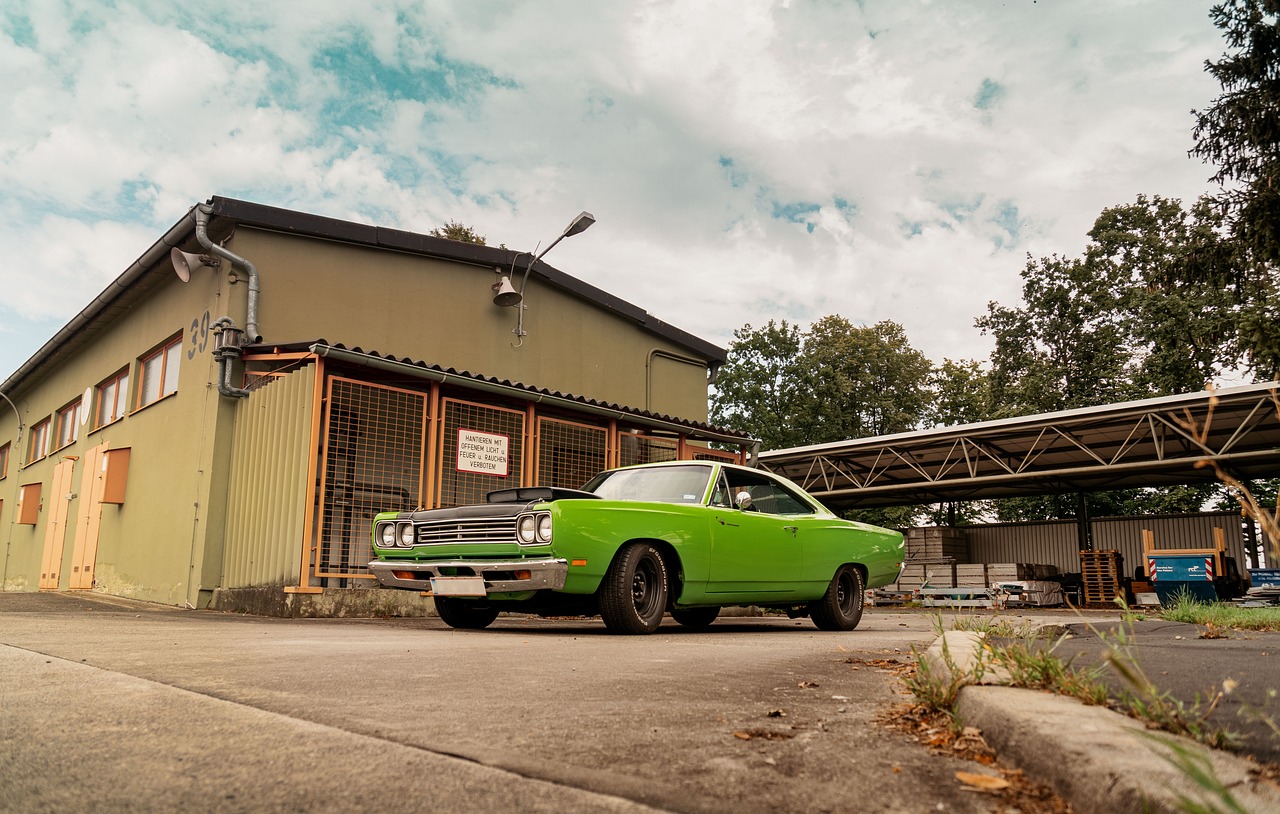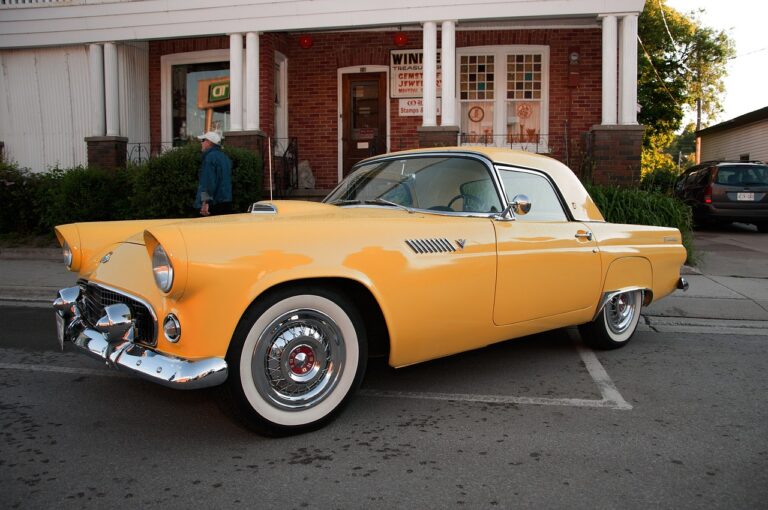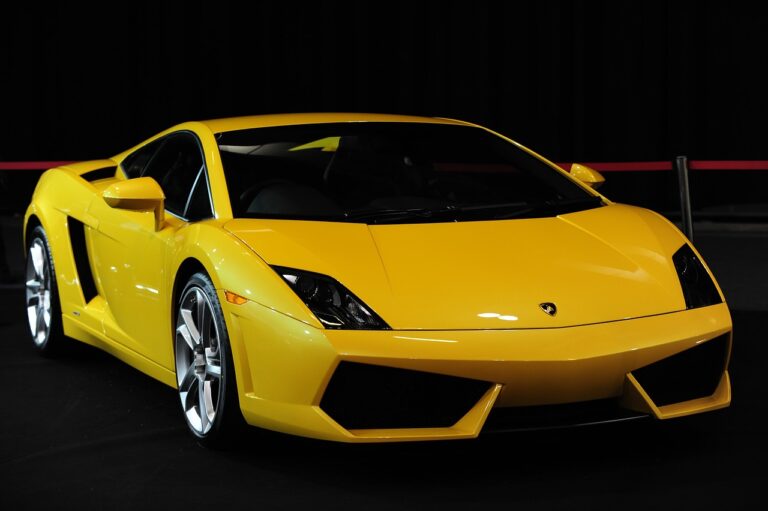Exploring Retro Styling in Modern Cars: Nostalgia vs. Innovation
11xplay reddy login registration, reddy anna whatsapp number, golden7777: Exploring Retro Styling in Modern Cars: Nostalgia vs. Innovation
As technology continues to advance at a rapid pace, we often find ourselves looking back at the past for inspiration. This is especially true in the world of car design, where retro styling has made a comeback in recent years. From the iconic Volkswagen Beetle to the sleek Ford Mustang, automakers are tapping into nostalgia to create modern cars that pay homage to the classics. But is this focus on retro styling holding back innovation in the industry? Let’s delve into the debate of nostalgia versus innovation in modern car design.
The Appeal of Retro Styling
There’s no denying the allure of retro styling. It evokes feelings of nostalgia and reminds us of a simpler time. Retro cars are often seen as timeless and elegant, with their classic curves and vintage colors standing out on the road. For many consumers, driving a car that resembles a beloved classic is a way to connect with the past and stand out from the crowd.
In addition to the emotional appeal, retro styling also offers automakers a way to differentiate their products in a crowded market. With so many cars looking alike these days, a touch of retro flair can help a brand stand out and attract consumers who are looking for something unique and distinctive.
However, some critics argue that the focus on retro styling is holding back innovation in the industry. By constantly looking to the past for inspiration, automakers may be missing out on opportunities to push the boundaries of design and technology. While retro cars may be visually appealing, they often lack the cutting-edge features and fuel efficiency of their more modern counterparts.
Finding the Balance
So, how can automakers strike a balance between nostalgia and innovation in modern car design? One approach is to blend retro styling elements with the latest technology to create a hybrid of old and new. For example, the Fiat 500 combines the iconic design of the original 1957 model with modern features like a touchscreen infotainment system and advanced safety features.
Another strategy is to offer retro-inspired special editions alongside more futuristic models. This allows consumers to choose the style that appeals to them most while still benefiting from the latest advancements in automotive technology. The Mini Cooper, for example, offers a range of special edition models that pay homage to the car’s classic design while also offering advanced features like adaptive cruise control and a head-up display.
Ultimately, the key is to find a balance that appeals to a wide range of consumers. Some may prefer the nostalgia of retro styling, while others are more interested in cutting-edge technology and fuel efficiency. By offering a mix of both, automakers can cater to different tastes and ensure that they are meeting the needs of all consumers.
FAQs
Q: Are retro-styled cars more expensive to maintain?
A: Not necessarily. While some retro-styled cars may have more complex or older technology that could require more maintenance, modern advancements in automotive engineering have made it easier to keep these cars running smoothly.
Q: Do retro-styled cars hold their value better than modern cars?
A: It depends on the specific make and model. Some retro-styled cars, particularly those with a cult following, may hold their value better than more generic modern cars. However, this is not always the case and can vary depending on market trends.
Q: How can I tell if a retro-styled car is right for me?
A: Consider your personal preferences and priorities. If you value style and nostalgia over cutting-edge technology, a retro-styled car may be a good fit for you. However, if you prioritize fuel efficiency and the latest features, you may be better off with a more modern model.
In conclusion, the debate between nostalgia and innovation in modern car design will likely continue for years to come. While retro styling has its appeal, it’s important for automakers to also focus on pushing the boundaries of design and technology to meet the evolving needs of consumers. By striking a balance between the two, automakers can create cars that are both timeless and forward-thinking.







